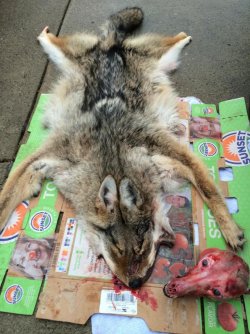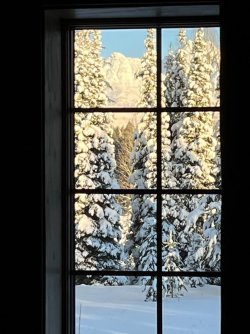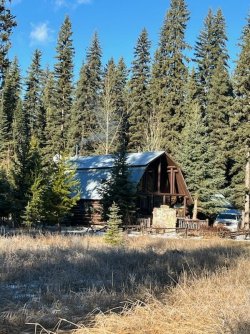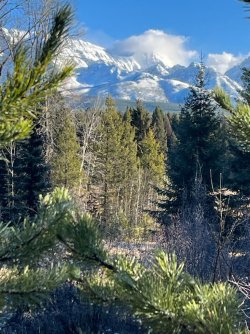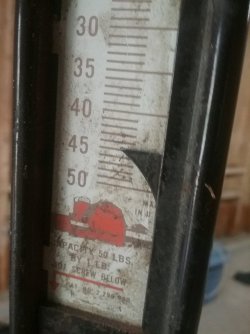You are using an out of date browser. It may not display this or other websites correctly.
You should upgrade or use an alternative browser.
You should upgrade or use an alternative browser.
Number one prime big boy.
- Thread starter ohlongarmisle
- Start date
 Help Support Long Range Hunting Forum
Help Support Long Range Hunting Forum
wvbearhunter
Well-Known Member
Outstanding
Baker Alvin
Well-Known Member
Congratulations!
That's a pretty coyote, congratulations!
huntsman22
Well-Known Member
What makes that a 'number one'?
ohlongarmisle
Well-Known Member
The primeness and quality of the pelt,the taxidermist who buys them is also a major fur buyer and that's how furs are graded at least in my state. Thick luxurious fur no rubbed spots or sparse spots,a perfectly healthy animal taken during very cold weather.#1 PRIME.What makes that a 'number one'?
Last edited:
huntsman22
Well-Known Member
I guess he's never seen a Montana pale silk......
ohlongarmisle
Well-Known Member
Wrong again as I mentioned earlier I have access to 40 acres of hunting land in Polebridge with Glacier in the back yard ,i've taken a fair amount of mountain coyotes, these are eastern brush wolves, different coloration.This is a #1 prime as far as brush wolves go, you should know the differencesI guess he's never seen a Montana pale silk......
Attachments
I killed a big mountain coyote like the one you pictured. A lot of people thought it was a wolf as it weighed 60-70 lbs. was dark like yours is. It probably had wolf in its genetics. I have taken several Montana pales as well as several Dakota sand hills coyotes here
ohlongarmisle
Well-Known Member
Our Eastern brush wolves do in fact have timber wolf genes, the wolf gene came when Canadian wolves crossed the ice on lake erie and the two began mixing. And how do i know this because i supplied many coyotes to various veterinarians in my area who had dna testing done. The one pictured was definitely one, but weighed at just #50 lbs.The taxidermist i deal with takes a few prime ones every year and has his own employees skin them, he makes a good buck on full mounts.I killed a big mountain coyote like the one you pictured. A lot of people thought it was a wolf as it weighed 60-70 lbs. was dark like yours is. It probably had wolf in its genetics. I have taken several Montana pales as well as several Dakota sand hills coyotes here
Attachments
Last edited:
sierracharlie338
Well-Known Member
Great looking pelt. Congrats!
